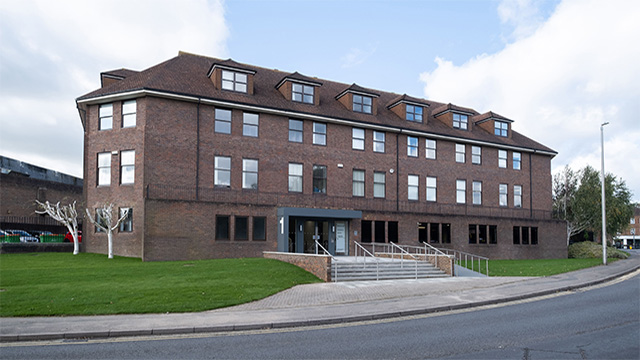UK PRS could lose 735,000 homes due to high interest rates and taxes
The UK’s private rented sector could lose around 735,000 homes as rising interest rates and costs drive out landlords.
An analysis by Capital Economics for the National Residential Landlords Association found that if the Bank of England base rate peeks at 5%, as many economist believe it will, and stays above 2.5% until the end of 2027, 13% of private rented properties will be lost to the sector.
Capital Economics said: “There would be 735,000 properties lost from the UK private rented sector directly as a result of higher interest rates in the central scenario, which equates to a loss of 13% of the PRS stock in 2021.”
The UK’s private rented sector could lose around 735,000 homes as rising interest rates and costs drive out landlords.
An analysis by Capital Economics for the National Residential Landlords Association found that if the Bank of England base rate peeks at 5%, as many economist believe it will, and stays above 2.5% until the end of 2027, 13% of private rented properties will be lost to the sector.
Capital Economics said: “There would be 735,000 properties lost from the UK private rented sector directly as a result of higher interest rates in the central scenario, which equates to a loss of 13% of the PRS stock in 2021.”
The economic research business added that this would have the knock-on effect of reducing income and corporation tax revenue due to the Exchequer by £1bn a year.
In addition, NRLA members surveyed by Capital Economics said that they would put up rents on their remaining portfolio to offset the higher costs.
But that is simply the central scenario. In a scenario where interest rates remained higher for longer, Capital Economics said the PRS could lose more than 1m properties.
The private rented sector has grown from 3.1m homes in 2005 to 5.6m in 2021. Almost 70% of tenancies are for properties backed by a buy-to-let mortgage, meaning the sector is highly exposed to rising interest rates.
A raft of government policies introduced since 2016 has made investment in PRS less attractive, it noted, negatively impacting supply. These measures include the removal of mortgage interest relief for higher and additional rate taxpayers; a ban on letting agents charging fees to tenants; the 3% stamp duty land tax surcharge on additional properties; and keeping the capital gains tax rate for residential property above the rate for other assets.
The UK private rented sector stock grew at a compound annual growth rate of 3.7% between 2010 and 2016, compared with an estimated 0.4% between 2017 and 2021. The analysis stated that if PRS supply had continued to follow its pre-2016 trend, there would be 1.6m more properties in the sector today.
Capital Economics concluded that the government could limit some of the negative impact from higher interest rates by reintroducing full mortgage interest relief. This would result in 110,000 fewer properties being lost to the sector than in the central scenario, while the Exchequer would lose £400m less from income and corporation tax revenue each year.
NRLA chief executive Ben Beadle said: “In 2015, the government said it wanted to ‘create a more level playing field between those buying a home to let and those buying a home to live in’. In doing so, it hiked costs for responsible landlords and totally ignored the burden it would create for renters.
“Tax hikes on landlords, exacerbated by rising interest rates, have deepened the supply crisis. And as this research demonstrates, the situation is unlikely to improve unless and until it is reversed.
“A radical rejection of these damaging policies is necessary to help stem the tide of lost rental properties, limit rent rises and boost Treasury revenue.”
To send feedback, e-mail piers.wehner@eg.co.uk or tweet @PiersWehner or @EGPropertyNews
Photo © Rodnae Productions/Pexels











